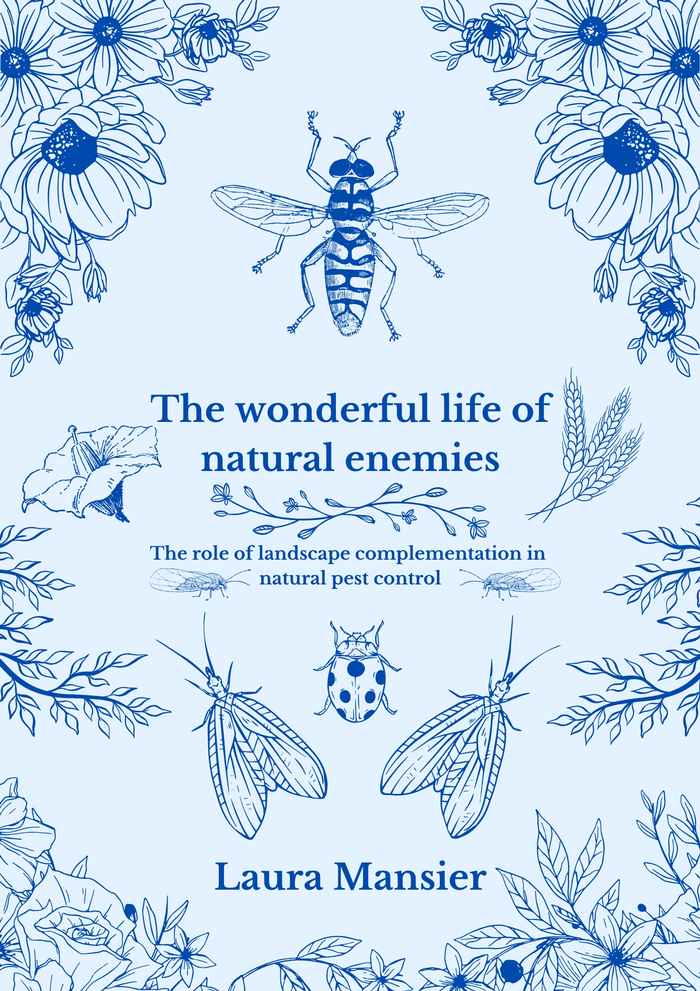PhD defence ceremony by Laura Mansier
- Date
- 8 December 2025
- Time
- 13:00

Modern agriculture relies heavily on synthetic inputs to secure crop yields, but this dependence has contributed to a global decline in biodiversity and ecosystem services. Among these services, natural pest control stands out as both critical to agricultural productivity and highly sensitive to changes in land use. The conversion of diverse landscapes into large monocultures has reduced the availability of floral resources, alternative prey, and overwintering sites for many organisms, including pest-regulating natural enemies. In response, ecological intensification, which aims to use ecosystem services to sustain agricultural production while minimising adverse effects on the environment, has emerged as a promising strategy that aims to enhance biodiversity and ecosystem functions within farmland, thereby reducing reliance on external inputs such as pesticides. A central component of this approach involves increasing landscape heterogeneity and restoring non-crop habitats, such as flower strips and woody habitats, to provide resources that sustain natural enemies throughout their life cycles.
This dissertation highlights several themes that I believe are crucial for understanding and implementing effective natural pest control strategies. One central theme is that no habitat singularly contributes to pest control; what matters is how well different habitats complement each other across time and space. This idea is grounded in the so-called landscape complementation theory, which emphasizes that species often rely on multiple habitat types to complete their life cycles. In fragmented agricultural landscapes, habitat loss and simplification have reduced this ecological continuity. My research, which combines theoretical modelling and literature reviews, shows that landscape heterogeneity can enhance biodiversity and ecosystem function.